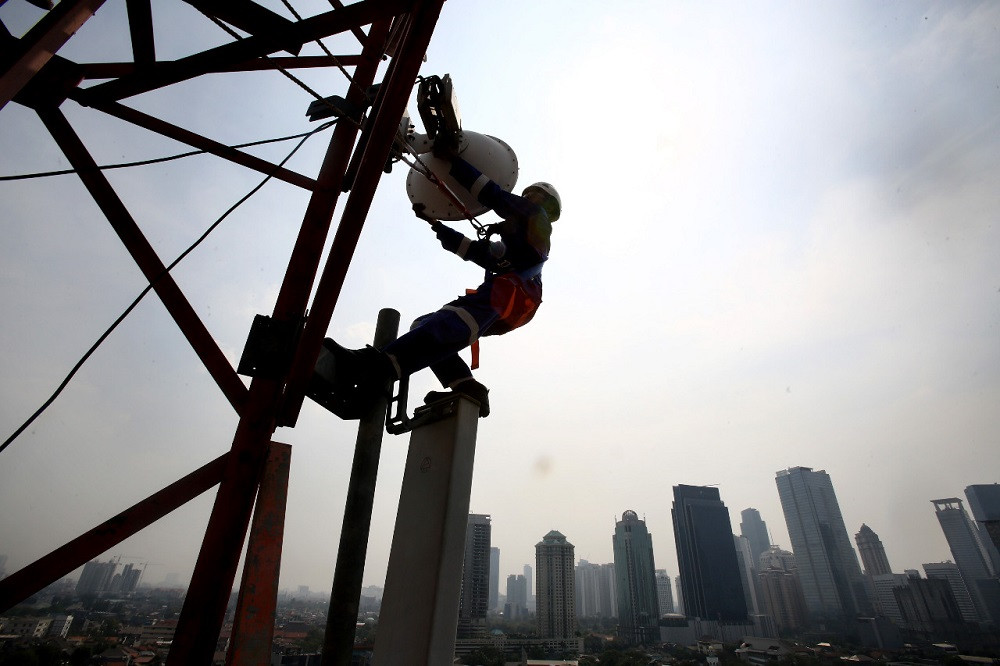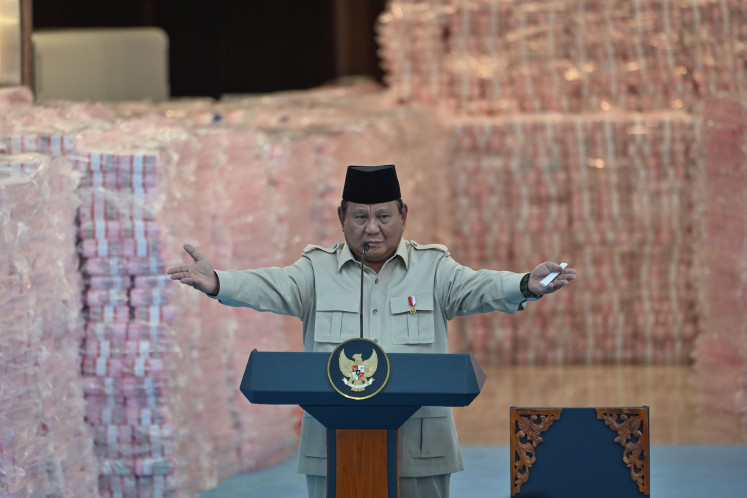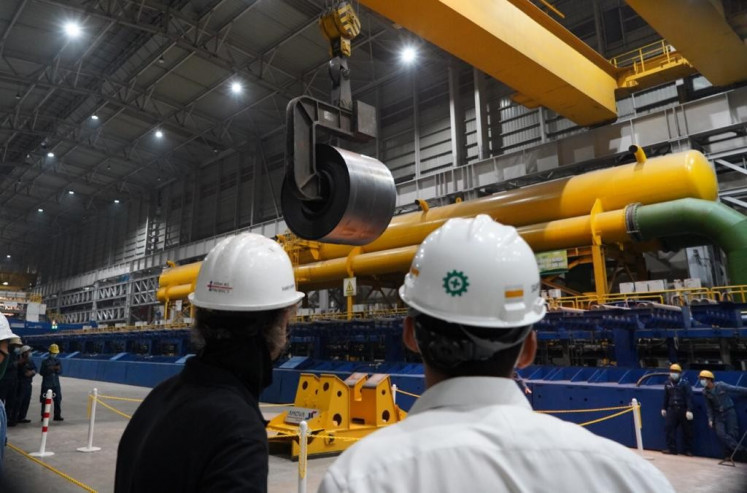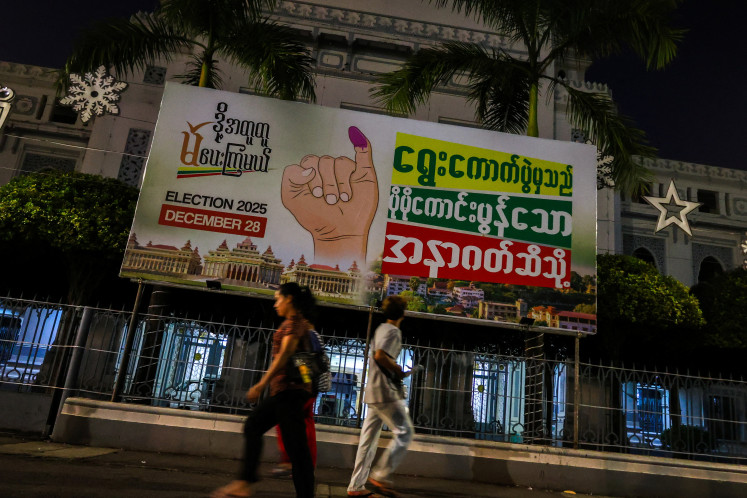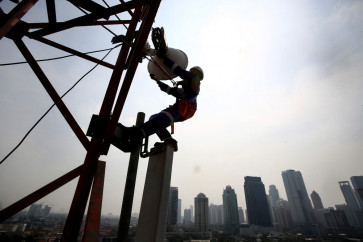Popular Reads
Top Results
Can't find what you're looking for?
View all search resultsPopular Reads
Top Results
Can't find what you're looking for?
View all search resultsA frozen winter for the global economy and Indonesia’s response
There are still potential economic opportunities during this crisis. One is the economic transformation from agriculture to the manufacturing sector through agroindustry. A second is increasing the participation of women in the labor force, and a third is a human capital improvement
Change text size
Gift Premium Articles
to Anyone
A
s a result of continuing COVID-19 outbreaks in a number of countries, the global economic recovery is expected to take longer, getting closer to its initial forecast and entering the below-zero economic growth zone. Some countries have recovered from the pandemic, while others are struggling to contain it.
The more successful the containment of the pandemic, the more room there is for national economies to recover. As more countries have cases of the virus than those that do not, the global outlook is gloomy. A frozen economic winter is in store for the world economy.
In a freezing winter, people choose to stay mostly at home. Similarly, most people around the globe are staying home. Nevertheless, people need to heat their homes to stay alive. In the economy, the heater is government expenditure. As of August, Indonesia’s annual government expenditure had increased 13.97 percent in response to the pandemic, while transfers to provinces and village funds had increased 5.04 percent. These surges improved both the demand and supply side of the economy during this challenging time.
The world economy is in hibernation, and in the short-to-medium term, productivity will not be impacted much, but in the medium-to-long run, it will. During a freezing winter, people at home still need to consume basic necessities and keep warm. Likewise, in this economic contraction, the household economy must keep consuming basic needs and improving their skills. The latter would mean the economy would be more than ready to jump-start, accelerate and achieve higher economic growth than its previous projection once the pandemic is contained.
There are still potential economic opportunities during this crisis. One is the economic transformation from agriculture to the manufacturing sector through agroindustry. A second is increasing the participation of women in the labor force, and a third is a human capital improvement.
In The Jakarta Post on Aug. 6, I mentioned the potential for economic transformation in the value chains between food-related supply and food and beverage manufacturing, as well as the possibility of an economic jump-start through the increasing participation of women in the economy. Data shows that these sectors are among Indonesia’s top fifteen export values where female workers are the majority. This indicates that women are behind Indonesia’s global competitiveness.
The next potential economy is economic transformation and the importance of human capital for supporting it. Annual economic growth data showed that during the negative economic growth in the second quarter, the positive sector was human capital-related in education and health.

